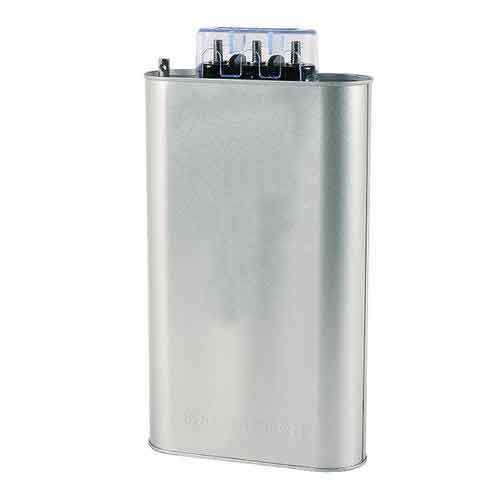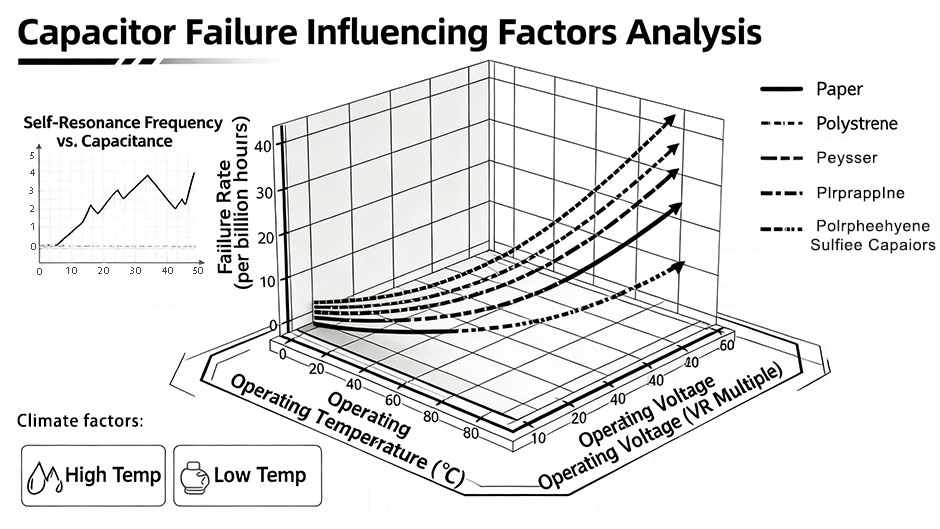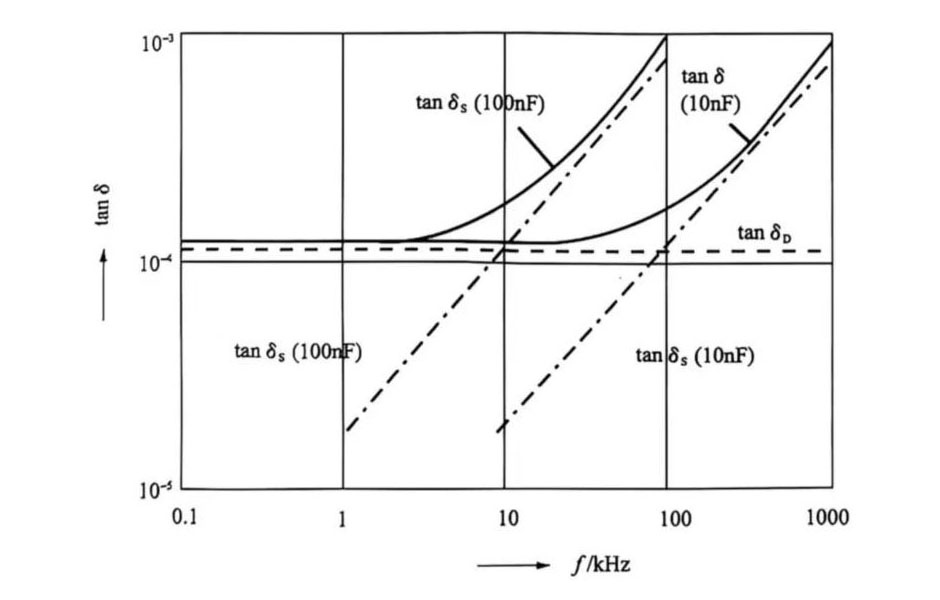Power capacitor is a static reactive power compensation device. The maintenance of power capacitors is divided into the following situations:
(1) Matters needing attention when handling capacitors
- Under normal circumstances, when the whole station is powered off, the capacitor circuit breaker should be opened first, and then the outlet circuit breakers should be opened; when power is restored, the sequence is reversed.
- In the event of an accident, after the power outage of the whole station, the circuit breaker of the capacitor must be opened.
- After the circuit breaker of the parallel capacitor bank is tripped, the power is not allowed to be forced; after the fuse is blown, the fuse is not allowed to be replaced before the cause is found.
- Parallel capacitor bank, forbidden to close with charge; when closing again, it must be done 3 minutes after opening.
- Circuit breakers equipped with parallel resistors are not allowed to use manual operating mechanism to close.
- The exposed conductive parts of the high-voltage capacitor bank should be covered by a mesh. During external inspections, it is prohibited to open the cover of the capacitor bank during operation.
- Any capacitor bank with rated voltage must not be closed with electric charge. After each disconnection, re-closing must be performed after three minutes of short circuit (that is, a little time after discharge).
- The fuse of the capacitor should be replaced when the capacitor has no voltage. Therefore, the capacitor should be discharged before proceeding.

(2) Troubleshooting
- When the capacitor is sprayed with oil or explodes and catches fire, immediately disconnect the power supply and use sand or a dry fire extinguisher to extinguish the fire.
- The circuit breaker of the capacitor is tripped, but the fuse is not blown. After the capacitor is discharged for 3 minutes, check the circuit breaker, current transformer, power cable and the external condition of the capacitor. If no abnormality is found, it may be caused by external faults or voltage fluctuations, and can be tested, otherwise a comprehensive power-on test should be done on the protection.
- When the fuse of the capacitor is blown, it should be reported to the dispatcher on duty. After obtaining the consent, cut off the power supply and discharge the capacitor, and perform an external inspection first, such as whether there are flashover marks on the outside of the casing, whether the casing is deformed, Whether there is a short circuit in the oil leakage and the grounding device, then use a shaker to measure the insulation resistance between the poles and the pole to the ground. If no signs of failure are found, the fuse can be replaced to continue operation. If the fuse is blown after power is supplied, the fault capacitor should be withdrawn.
- To deal with the faulty capacitor, first disconnect the circuit breaker of the capacitor and open the isolation switches on both sides of the circuit breaker. After the capacitor bank is discharged by the discharge resistor, some of the remaining charges may not be discharged for a while, so an artificial discharge should still be performed. When discharging, first connect the grounding terminal of the grounding wire, and then use the grounding rod to discharge the capacitor several times until there is no discharge spark or discharge sound. Nevertheless, before touching the faulty capacitor, you should also wear insulating gloves, first short-circuit the two poles of the faulty capacitor with a short-circuit wire, and then manually remove and replace it.
(3) Main items of capacitor daily inspection
- Monitor operating voltage, current, temperature,
- Whether the shell is expanded or leaking oil, and whether the auxiliary equipment is finished.
- Whether there is any abnormal sound inside.
- Whether the fuse is blown and whether the discharge device is good.
- Whether there is heat generation and small spark discharge at various contacts.
- Whether the casing is clean and complete, whether there are cracks and flashovers.
- Whether the lead connection is loose, falling off or broken, whether there is burn or overheating everywhere in the bus bar.
- Whether the indoor ventilation and shell grounding wire are good.
- Operation of capacitor bank relay protection.



